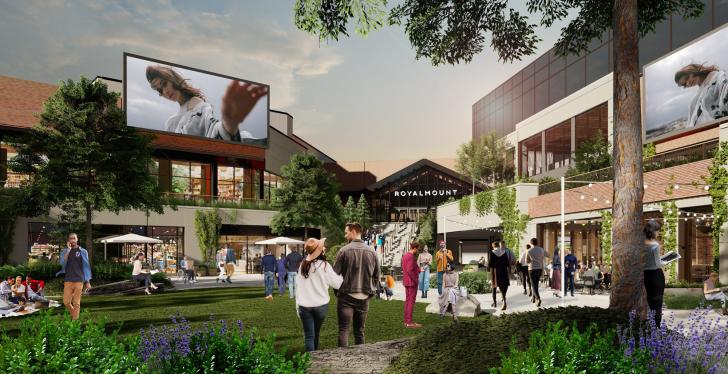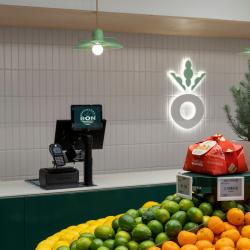Obituary: The North American Mall (1956-2018)
A comment on the development of shopping malls
panthermedia.net_fiphoto
It was an amazing run. With a tip of the hat to the franchise restaurant, nothing rivals the American mall in shaping the culture and lifestyle of the country over the past 70 years. However, 2018 is the year we can call the time of death on this American institution.
Of the dozens of closings last year and hundreds operating so far from their envisioned purpose they no longer can be called ‘malls’, only two malls are in the planning phase or under construction currently in the United States – both are running into credit difficulties before the doors even open.
The first mall was designed by Victor Gruen and built in Minnesota in 1956. The ‘American mall’ is defined as a series of interconnected indoor retail spaces offered for lease by a single private proprietor. The classic mall is a single-level spaces in which large retail houses ‘anchor’ the complex with smaller stores occupying the space lining the corridors between.
The causes of death are numerous, but it was not a murder: Amazon did not do it! Keep in mind that online purchasing has not yet broken into doubled digit percentages of retail sales in North America. Amazingly the anchor tenant most linked to the death of malls across North America was once the most innovative retailer and the origin of retail ordering and house delivery: Sears.

Cars, Cars, Cars
As the North American consumer moved to the suburbs, they became increasingly reliant on their cars. To go shopping, they needed an area which allowed them to store all these vehicles. The mall recreated main street but within a sea of asphalt.
The logical extension of this car-dominated culture is big-box retailers like Walmart and in strip mall space. Both formats offer retail space at about half the cost of a traditional mall as they eliminate the ‘public square’ corridors entirely. The mall was no longer the only low-rent, drivable alternative to main street. Shoppers began to drive from shop to shop and park right outside each door. Development companies took full advantage of this and invested so heavily in retail space that the market is and will remain oversupplied well into the future – a deadly state for mall proprietors.
As society, so the retail landscape
Although harder to quantify, the changing faces of suburbs and the malls they supported play a role. Just as affluent Americans fled older urban retail areas from a perceived invasion of immigrants and minorities, they fled malls when this same dynamic began within the suburbs.
Additionally, the mall was based on the purchasing power of the middle class. As this demographic was reduced, so was the mall. Their past dominance is splitting into stores for the haves and have-nots. On one end, low cost retailers like Walmart and Fashion Discounters like TJX for the less advantaged and on the other end in Apple’s stores, Whole Foods and the massive success of outdoor gear retailers hawking Patagonia, the North Face and other up-market active lifestyle brands.
The North American mall changed the landscape of retailing
It allowed the proliferation of multiple smaller national retailers. Homogenized business processes, space considerations, footfall statistics, rental agreements and the services offered by malls allowed many companies to achieve rapid rollouts and impressive success. However, as this format became so homogenous and successful, it may have planted the seeds of its own demise.
Specifically, Millennials are driving less, want to live closer to or within cities and desire the exact individuality that the mall suppressed. It’s not just a prediction: it’s happening. Recently, Meijer – a vanguard of big box retail in the Upper Midwest – announced the planned opening of six urban neighborhood stores to be branded after the neighborhoods they serve. This also spells disaster for big box and the strip mall. Watch this space.
channels: brick and mortar retail, trend research, shoppingcenter











